Have you ever wondered what words like “mobility” and “range of motion” actually mean?
And what’s the difference between mobility and flexibility anyway?
Let’s demystify some of these common rehab jargon and understand why they are so important for building a strong and resilient body!
Range of Motion
Range of motion (ROM) relates to the full range or extent that you can move a part of your body around a joint or a muscle. An example of range of motion would be the extent that you can bend your elbow.
Mobility
When we say mobility, we are referring to the ability to move parts of your body (joints and muscles) throughout its full range of motion. Mobility is often confused with flexibility, which is a passive movement, while mobility is actively moving through a range of motion.
Check out our TOP 3 MOBILITY EXERCISES here!
Stability
Stability is your muscles resisting movement. For example, core stability provides a stable foundation to support the hips and spine, especially during movement. Along with mobility, stability is very important for injury prevention and rehabilitation.
Muscles Activation or Engagement
Muscle activation or engagement is the ability to isolate and engage a particular muscle. Often during the rehabilitation process, exercises are prescribed to learn how to engage particular muscles, so that it becomes instinctive during more complex movements.
Core
The core is found above your pelvic floor and below your diaphragm. It is made up of your abdominal, pelvis, lower back, and hips. It facilitates movement between your upper and lower body as well as protects and stabilizes your spine.
Prehab
Prehabilitation is an individual exercise program that is designed to prevent injuries. This approach to injury prevention can be very effective for athletes who are particularly prone to overuse injuries.
Exercise Rehabilitation
Rehabilitation with prescribed exercises aims to help clients rebuild mobility, stability and strength to a muscle of joint following an injury. It can also help to build a more resilient body to prevent future overuse injuries.


